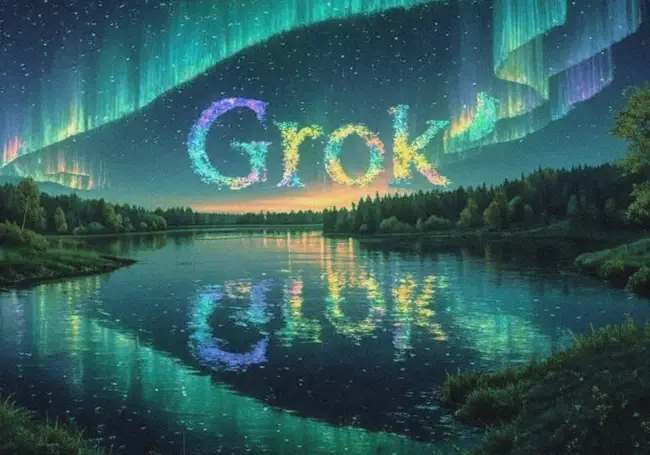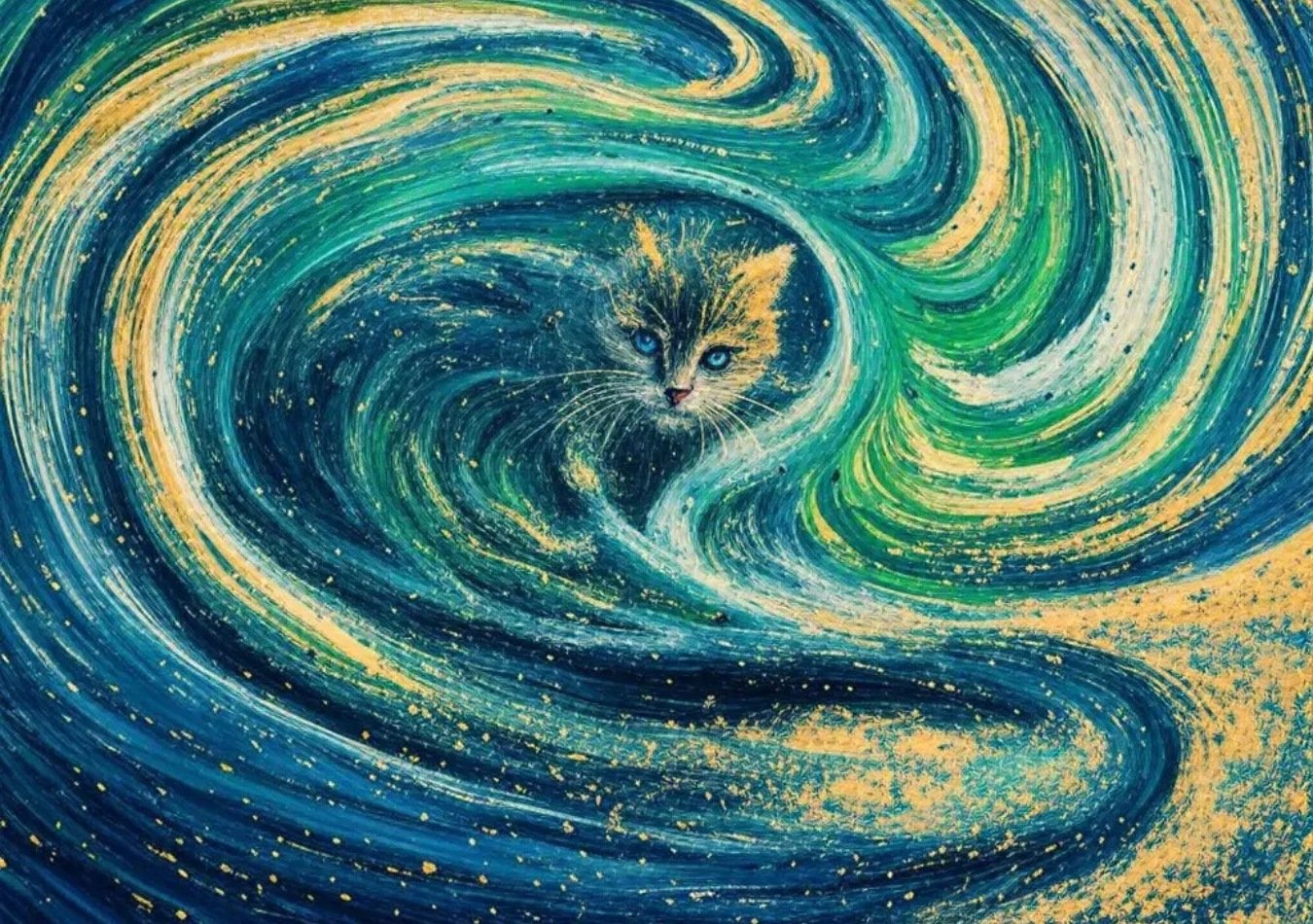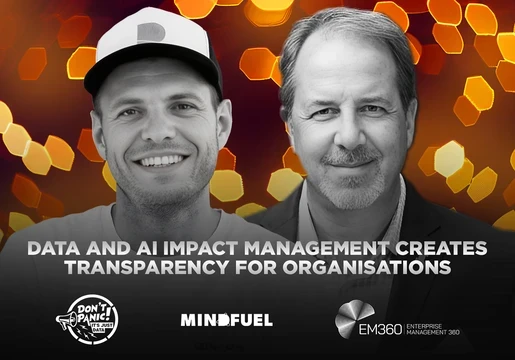Elon Musk-owned xAI added a new image generator called Aurora to its Grok AI model, X’s (formerly Twitter) AI chatbot.
Earlier yesterday [December 10, 2024], xAI in a blog post announced that it’s updating Grok's capabilities with a new autoregressive image generation model, code-named Aurora, available on the X platform.
“We've enhanced Grok's image generation abilities with a new model, code-named Aurora.”
xAI founded by Musk in March 2023 to rival OpenAI’s ChatGPT capabilities has finally introduced the long-awaited image generation model.
Grok’s new image-generating model is an autoregressive mixture-of-experts network trained to predict the next token from interleaved text and image data according to xAI.
The new image-generation model is now available for public access on the X platform in select countries. However, it will be rolled out to all other users within a week according to the official statement.
Also Read: Elon Musk’s xAI is Testing Grok AI Chatbot for Free Users on X

What is Aurora by xAI?

Aurora is the code name of Grok, X’s AI chatbot's new image generator model developed by Elon Musk’s artificial intelligence company, xAI. Aurora will be integrated into X, Elon Musk’s social media platform.
Aurora has been trained on both text and image datasets, allowing it to predict the next part of a sequence. This versatility allows it to handle complex tasks and learn from diverse datasets, competing with other advanced AI image generators like Gemini's Imagen or OpenAI's DALL-E.
xAI noted in the blog post that Aurora was trained on billions of examples from the Internet, giving it a deep understanding of the world.
This allows Grok’s AI image generator to excel in photorealistic rendering and precisely following text instructions.
“Beyond text, the model also has native support for multimodal input, allowing it to take inspiration from or directly edit user-provided images,” Musk’s AI company stated.
Essentially, Aurora has been equipped with both text and image processing capabilities. Since it’s trained on a diverse range of datasets, Grok’s new AI model can predict the next element in a combined data stream.
Aurora can generate images based on various prompts, including text-to-image and other creative requests.
How to Use Grok Aurora?
Aurora is available in select countries as of now and will be rolled out to other users this week reportedly. What is known about xAI’s new image generator model is that Aurora will be integrated with X’s Grok AI chatbot.
This means X users would be able to prompt Grok to generate images. For instance, Musk’s X social media platform users can type in the details of the image they want Aurora to produce.
Apart from text-to-image prompts, users can also prompt for image-to-image editing. This means they can upload an existing image and provide a text prompt with it describing the customisations they require within the existing image. For example, "Make this image more futuristic" or "Change the colour scheme to pastel."
Users can request style changes within the image too. For instance, they can prompt Grok’s Aurora to make the image in ‘Van Gogh” style or “Monet’s” painting style.
Additionally, Aurora will allow users to describe a scene or character in detail, including specific features, lighting conditions, and atmosphere. X users can also input text and image references to create memes or logos for brands.
Aurora will be able to generate visual product concepts equipping users with the power to make their product proposals more immersive and interactive.
Similar to other AI-powered image-generating models, users are advised to use keywords in prompts for more accurate image-processing outcomes.
Also Read: OpenAI Announces New Gen-AI Model Generating Video 50x Faster: sCM
Is xAI’s Aurora safe?
xAI’s Aurora cannot be tagged as completely safe yet. Considering that the new image-generating AI model will be integrated into X’s AI chatbot, there are some major privacy-related concerns.
Earlier this year in mid-November, over 115,000 users quit X and over a million users were observed to have joined Bluesky, a rival of X.
This was because of X’s new terms of conditions that came into effect on November 15 post the US Presidential election.
The terms of conditions were highly concerning to social media users worldwide because X is using user-generated content including posts, interactions, and activities to train Grok AI with user consent.
Also, Aurora was actually launched last Saturday but it disappeared from X in the afternoon on the same day. It was visible under the Grok 2 + Aurora (beta) but has now been placed under the Grok 2 + Flux (beta) selection.
It’s possible that Aurora may have been accidentally made available to users before the schedule.
So can Grok’s Aurora image generator AI model be really considered safe?
When a user posted an Aurora-generated image of Tesla’s Cyberstruck on X, Musk said:
“This is our internal image generation system. Still in beta, but it will improve fast.”
Also Read: What is Ideogram AI and is it Safe to Use?
TechCrunch tested Aurora last weekend and it noted that the AI image model had a few limitations. While it’s accessible via the Grok menu selection on X’s mobile apps and the website, Aurora can generate images of public and copyrighted figures, like Mickey Mouse, without complaint.
“The model stopped short of nudes in our brief tests,” TechCrunch stated. “But graphic content wasn’t off limits.”
In addition to X’s privacy concerns, AI image generators have been called for racial discrimination, misinformation and misuse by users. Users are advised to be cautious with prompts and report content that is ethically nonviable and uncompliant to digital regulations.
Overall, Grok can now generate high-quality images across several domains where other image generation models often struggle. It can render precise visual details of real-world entities, text, and logos, and can create realistic portraits of humans.







Comments ( 0 )